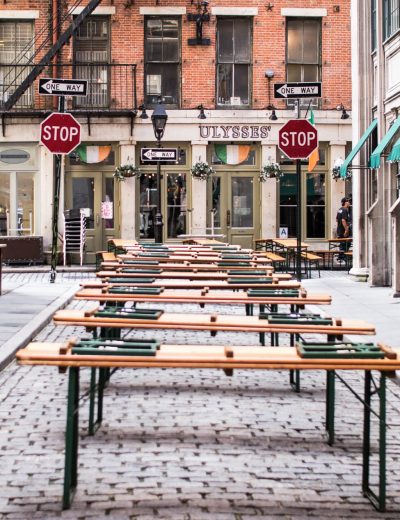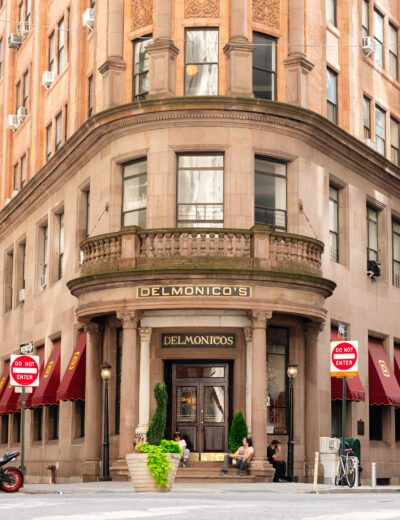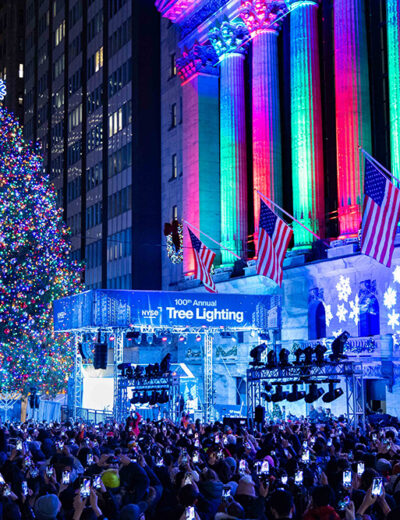21 Facts About Wall Street NYC That Will Surprise You

There’s so much hidden history in the Financial District, that you could spend a week here and not uncover everything. As a Wall Street tour guide for over a decade, I’m here to tell you all about it.
Whether you’re visiting New York for the first time or you’re a born-and-bred New Yorker, some of these Wall Street secrets might surprise you.
Here are 21 facts about Wall Street that I bet you didn’t know before.
1. There’s only one tree on Wall Street, and it symbolizes the birth of the strongest financial system in the world.
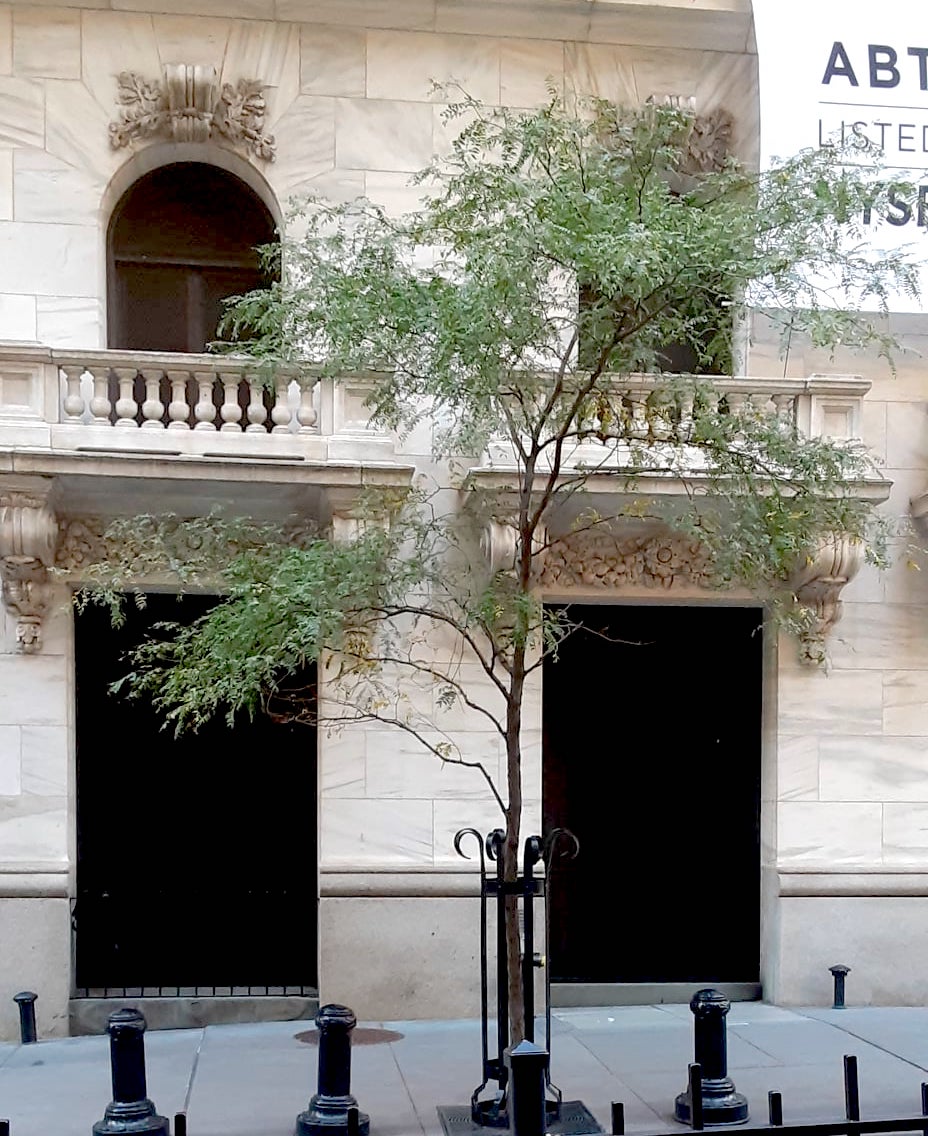
The buttonwood tree in front of the New York Stock Exchange isn’t a big tree in terms of size, but it represents an agreement that eventually led to billions of dollars in trading.
It started back in 1792, as a response to the first financial panic of the young nation. On May 17, 1792, 24 stockbrokers met under a buttonwood tree to set rules for trading stocks and established set commissions. The Buttonwood Agreement, as it was later called, aimed to promote public confidence in the markets and ensure that deals were conducted between trusted parties.Want to know more? Read our complete history of the buttonwood tree of Wall Street.
2. Federal Hall National Memorial sits on the site where George Washington was sworn in as the first president.
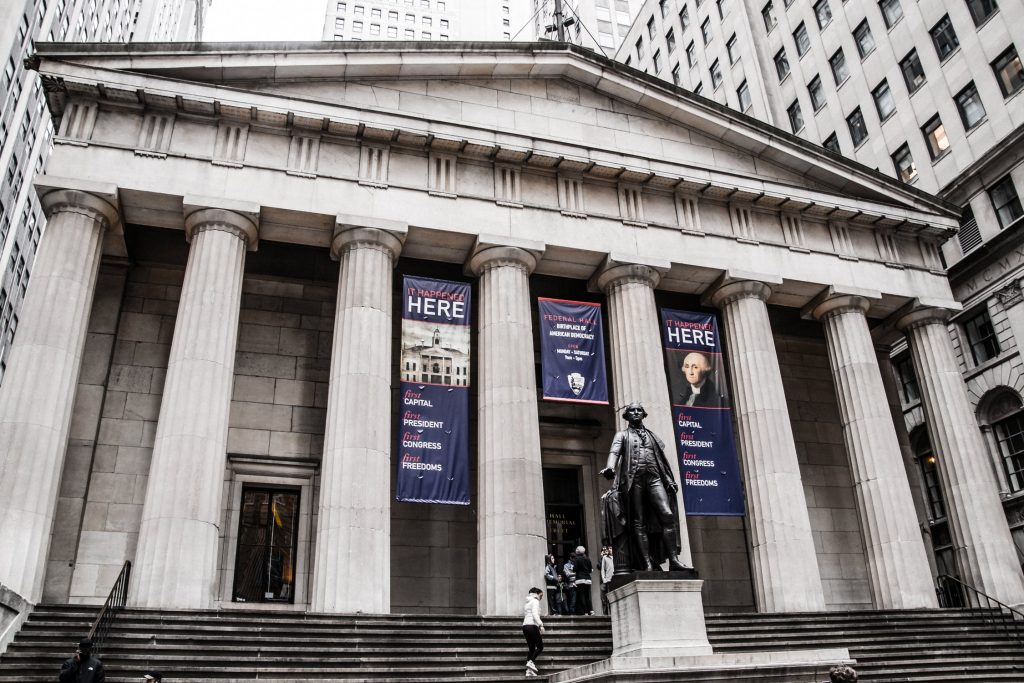
When you visit Wall Street, stop by 26 Wall Street. This Greek Revival-style building was completed in 1842 as the Custom House. The original building served as New York’s first City Hall and hosted the Stamp Act Congress before the American Revolution.
After the United States became an independent nation, the building became a meeting place for the Congress of the Confederation, our first central government under the Articles of Confederation, from 1785 to 1789.With the establishment of the United States federal government in 1789, it was renamed Federal Hall. As such, it hosted the first Congress and was the place where George Washington was sworn in as America’s first president.
3. Tourists have a weird tradition to get luck from Wall Street’s Charging Bull.
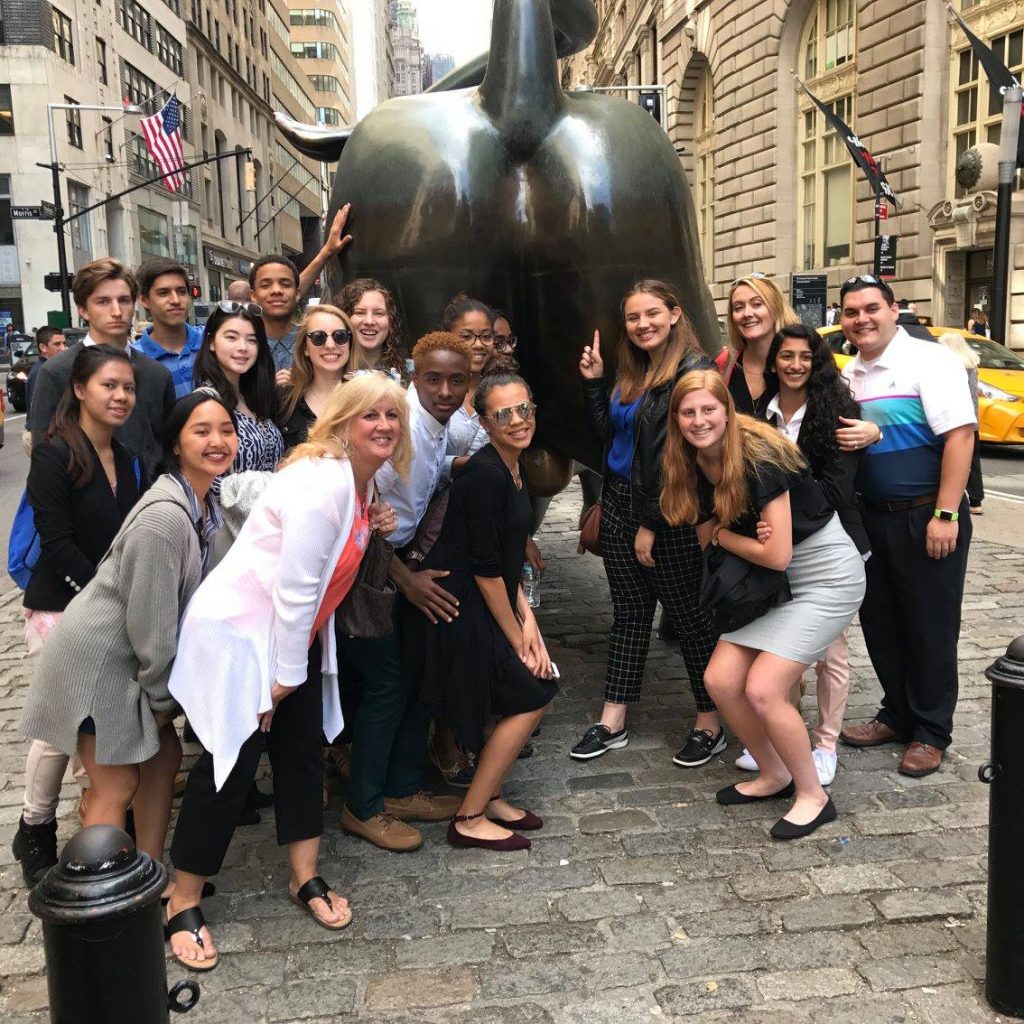
The Charging Bull, sometimes referred to as the Bull of Wall Street or the Bowling Green Bull, is a bronze sculpture that stands on Broadway just north of Bowling Green.
The sculpture was created by Italian artist Arturo Di Modica in the wake of the 1987 Black Monday stock market crash. The 7,100-pound sculpture stands 11 feet tall and 16 feet long. The bull is a symbol of financial optimism and prosperity.
Charging Bull is a popular tourist destination that draws thousands of people a day. For good luck, many people like to give the bull a rub. To find out where, read our post about how to pose for a photo with the Charging Bull.
4. Trinity Church is the third one that’s stood on that very site.
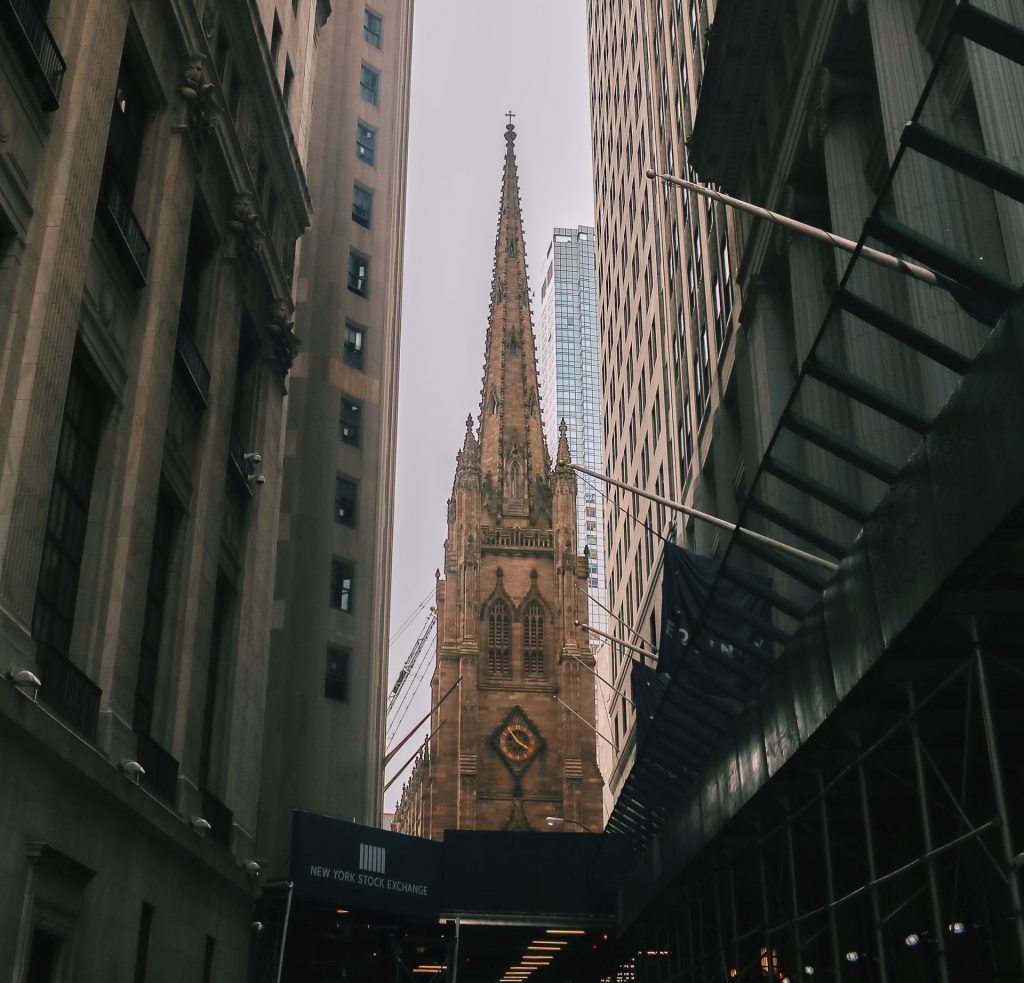
The first Trinity Church burned. The second one partially collapsed.
You may recognize the Gothic Revival-style Trinity Church of today from the 2004 movie “National Treasure,” where a historian played by Nicholas Cage discovers hidden treasure under the church. (Spoiler: There is no treasure actually under the church.)
The soaring steeple, reaching 281 feet, made the church the tallest building in New York City until 1890.
5. The House of Morgan now sits neglected.
The House of Morgan is an office building at 23 Wall Street, the southeast corner of Wall Street and Broad Street.
Constructed between 1913 and 1914, it was originally the headquarters of J.P. Morgan & Co., but since the late 2000s, it has been in a state of disuse.6. Fearless Girl is a tribute to women everywhere.
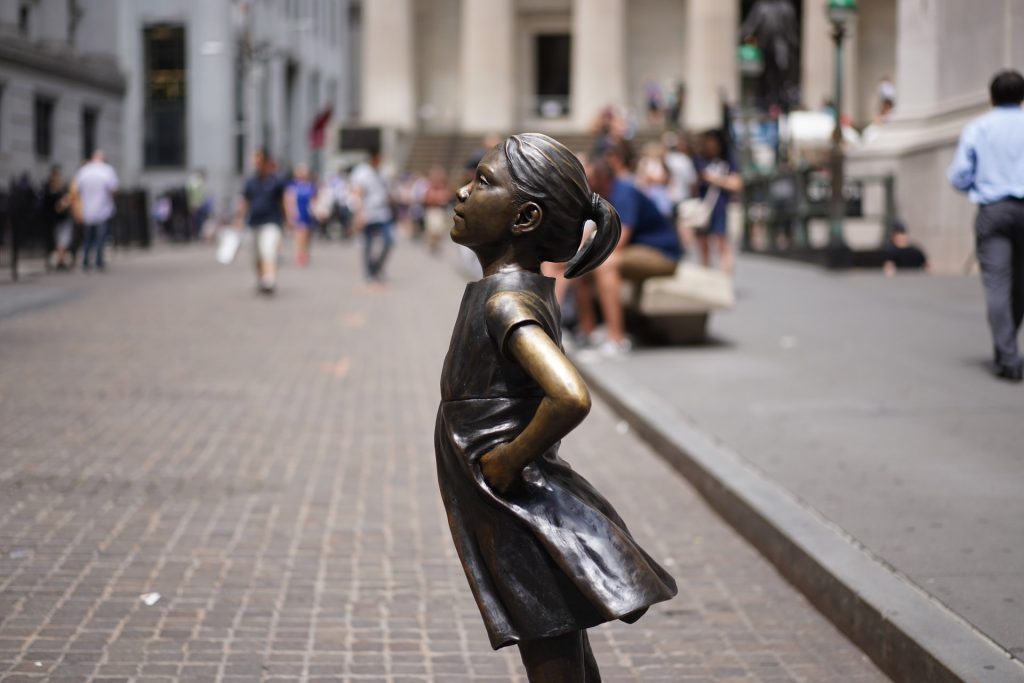
This bronze sculpture by Kristen Visbal stands with pride on Broad Street across from the New York Stock Exchange. The statue of the young girl, called Fearless Girl, was installed on March 7, 2017, in anticipation of International Women’s Day the following day.
7. The former Manhattan Company Building once led the skyscraper race.
In 1929, Wall Street financier George Lewis Ohrstrom and the Starrett Corp. planned to build the tallest building in the world, surpassing the 60-story Woolworth and the already designed Chrysler building. The result now sits at 40 Wall Street, formerly the Manhattan Company Building, now known as the Trump building.
The team of architects, engineers, and builders sought to finish the new skyscraper in just one year, allowing the commercial space to be quickly leased in what they anticipated would be the world’s tallest building. This became known as the “skyscraper race.”
8. The ghosts at Trinity Church are our founding fathers.
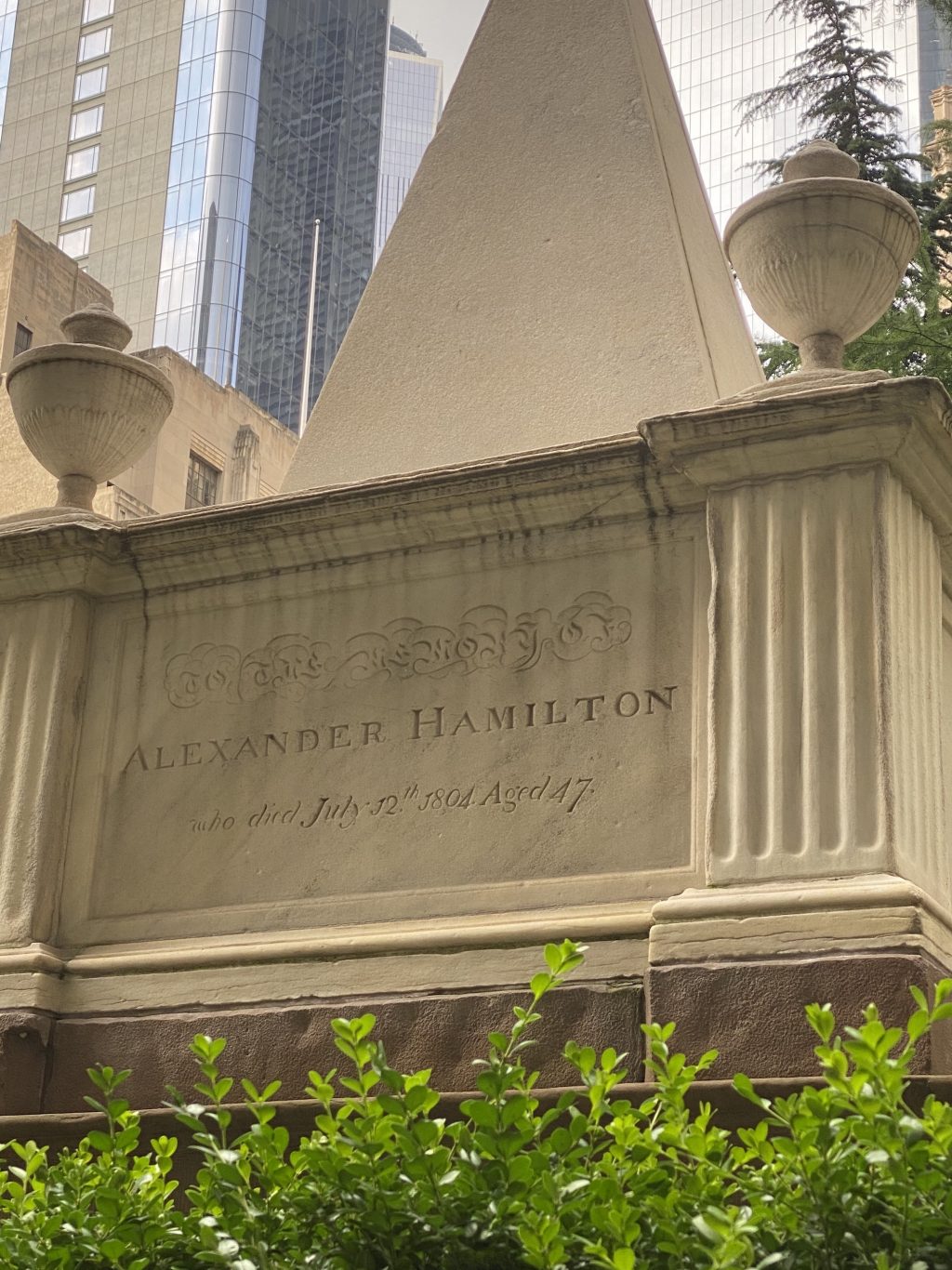
Who knows if any spirits walk the grounds of Trinity Church, but we do know that the churchyard is the final resting place of plenty of famous early American leaders.
This includes Alexander Hamilton, father of the modern financial system. Of course, he did meet an untimely end at the age of 47, shot in a duel by Aaron Burr. Hamilton’s grave is marked by a large white stone with a steep-sided pyramid on top.
This is just one Hamilton-related landmark in the Financial District. Can you name all five?
9. The former AIG Building is a one-time skyscraper that its owners were forced to sell during the 2008 Financial Crisis.
When 70 Pine Street topped out at 952 feet in 1932, it beat out its neighbor at 40 Wall Street for the title of tallest building in downtown New York by 25 feet, a title it held for nearly half a century until the completion of the original World Trade Center.
When the Twin Towers were destroyed, 70 Pine Street regained the title for another 12 years until the completion of 4 World Trade Center in 2013.
Formerly known as the Cities Service Building, it became known as the AIG Building after they bought it in 1976. They were forced to sell it during the 2008 Financial Crisis.
10. There’s over 6 tons of gold underground at the Federal Reserve Bank of New York.
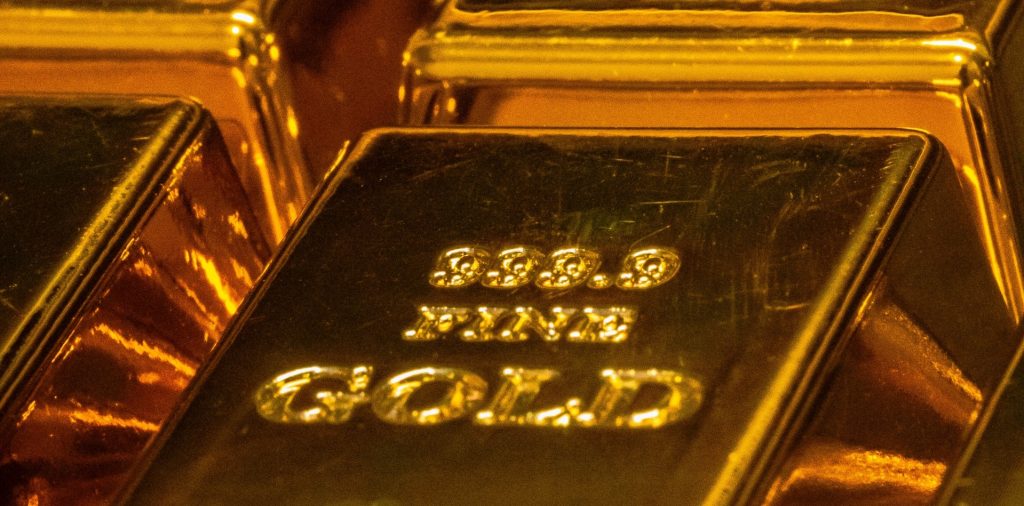
That’s right. The Federal Reserve Bank of New York’s vault holds gold for central banks, governments, and official organizations. According to the New York Fed, the vault, located 80 feet below street level, held about 497,000 gold bars that had a combined weight of 6,190 tons as of 2019. Swing by 33 Liberty Street and just think about all that gold underground.
11. 55 Wall Street had a fourth floor disappear and reappear.
An eight-story building at 55 Wall Street once known as the National City Bank Building has an unusual growth story.
The lower three stories were completed in the early 1840s as the Merchants’ Exchange, your go-to 19th-century stop for eggs, cheese, and butter. The architecture was Greek Revival style, and there was actually a fourth story to the building.
In the early 1900s, the fourth floor was removed and five additional floors were added to make the building you see today, located between William and Hanover streets.
12. The New York Stock Exchange is by far the world’s largest stock exchange.
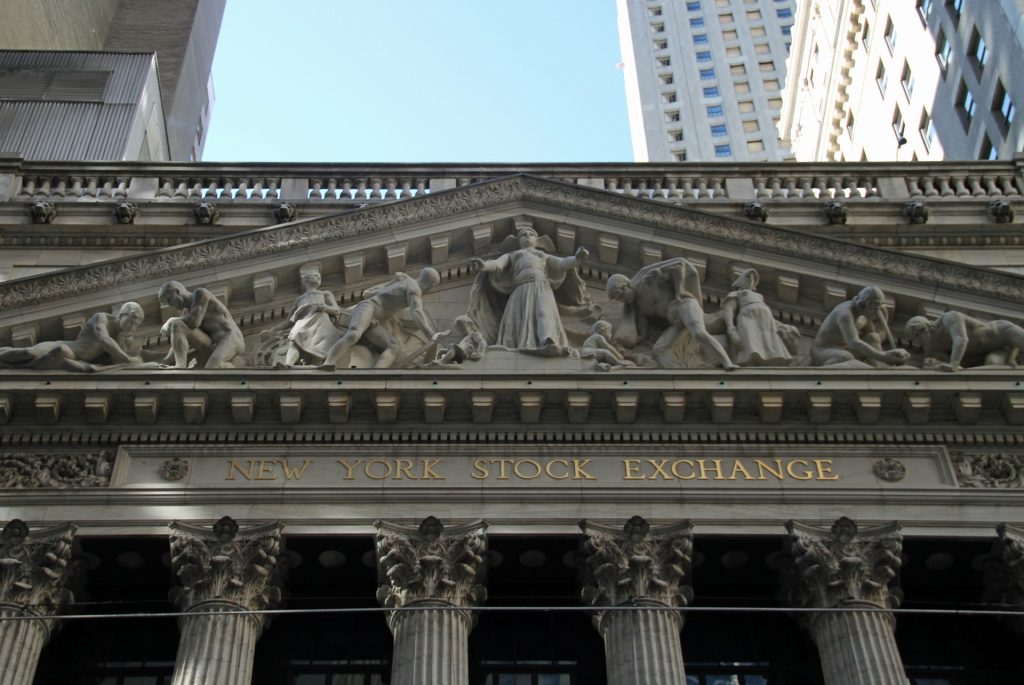
That’s if you rank it by market capitalization of its listed companies.
The New York Stock Exchange traces its origins back to the Buttonwood Agreement signed by those 24 stockbrokers. The signers listed their name, company and address, forming the basis of New York’s Financial District.
12. A giant Red Cube balanced on its corner symbolizes chance.
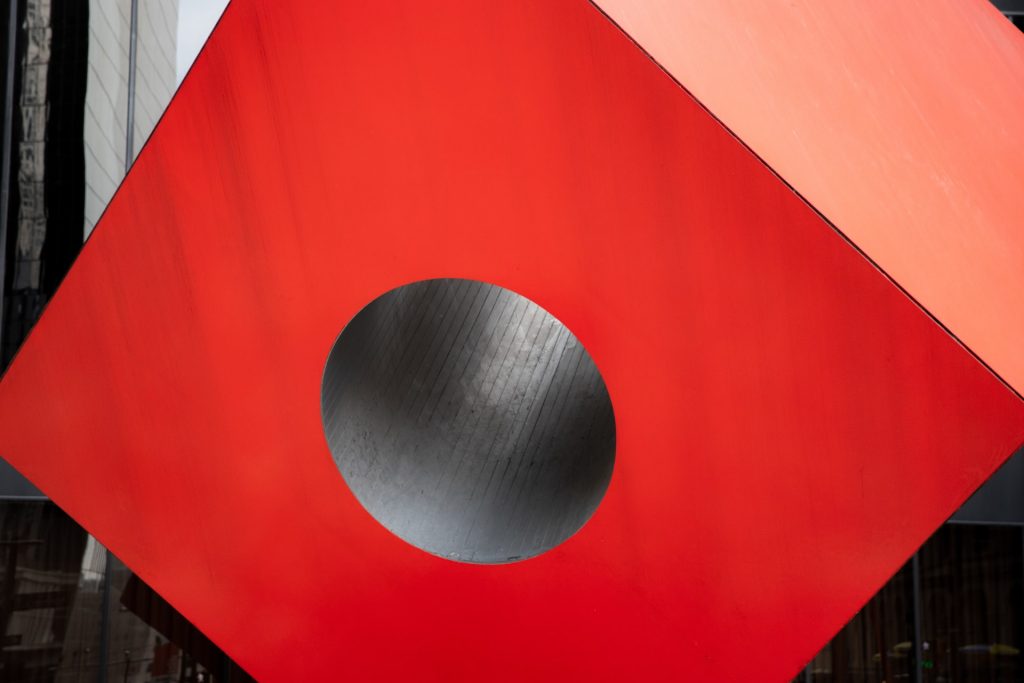
When you come to the Financial District, don’t miss Isamu Noguchi’s “Red Cube,” perched on the plaza outside Brown Brother Harriman at 140 Broadway near Liberty Street.
Across the street from the New York Federal Reserve and completed in the 1960s, the building at 140 Broadway was praised for its unique relationship with space. The skyscraper occupies less than half of the allotted area, the rest is left for a large public space in which Noguchi placed his sculpture “Red Cube.”
Noguchi was an American artist and landscape architect whose career spanned six decades, from the 1920s onward. The giant cube is said to represent chance, summed up in the rolling of a die. That’s certainly an appropriate symbol for Wall Street!
14. You can find a Rockefeller remnant on Broadway by the Charging Bull.
The building at 26 Broadway, AKA the Standard Oil Building or Socony–Vacuum Building, is an office building right by the Charging Bull. But what you might not know is that it was originally built as the headquarters of John D. Rockefeller’s Standard Oil, once one of the largest oil companies in the country.
The 31-story, 520-foot-tall structure was designed in the Renaissance Revival style by some of the best names in architecture in their day: Thomas Hastings of Carrère and Hastings as well as Shreve, Lamb & Blake.
15. Within the Financial District is a New York monument that’s often forgotten.
Running along Broadway are 200 granite panels commemorating the New York City tradition of ticker-tape parades, which run from Battery Park to City Hall. Similar to the Hollywood Walk of Fame, this celebrated route is called the Canyon of Heroes and is often referred to as NYC’s most overlooked monument.
Read all about the Canyon of Heroes in our travel guide!
16. New York’s oldest restaurant, Fraunces Tavern, is part of the Financial District.
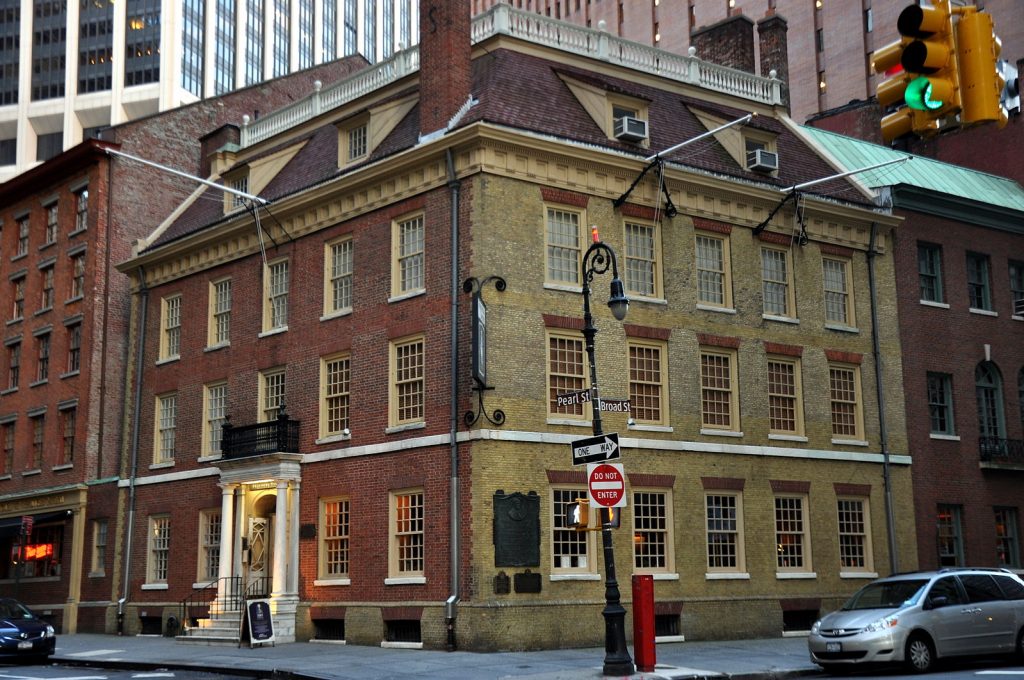
Fraunces Tavern isn’t just a restaurant. It’s a National Landmark that once served as a watering hole for many of America’s founders.
On December 4, 1783, General George Washington gathered a group of his officers, just nine days after the last of the British troops left American soil, to thank them for their service and bid them an emotional farewell before returning home.
The only firsthand account of the farewell comes from the “Memoir of Colonel Benjamin Tallmadge,” which the Fraunces Tavern Museum has on display.
17. Bowling Green is New York City’s oldest park.
According to tradition, this spot served as the council ground for Native American tribes and was the site of the legendary sale of Manhattan to Peter Minuit in 1626.
The Dutch called the area “the Plain” and used it for several purposes, including a parade ground, meeting place, and cattle market. It marked the beginning of Heere Staat (High Street, now Broadway) — a trade route which extended north through Manhattan and the Bronx.
According to the New York City Parks Department, in 1686, the site was designated as public property, when the City Charter put all “waste, vacant, unpatented and unappropriated lands” under municipal domain.
18. Stone Street is one of New York’s oldest paved streets.
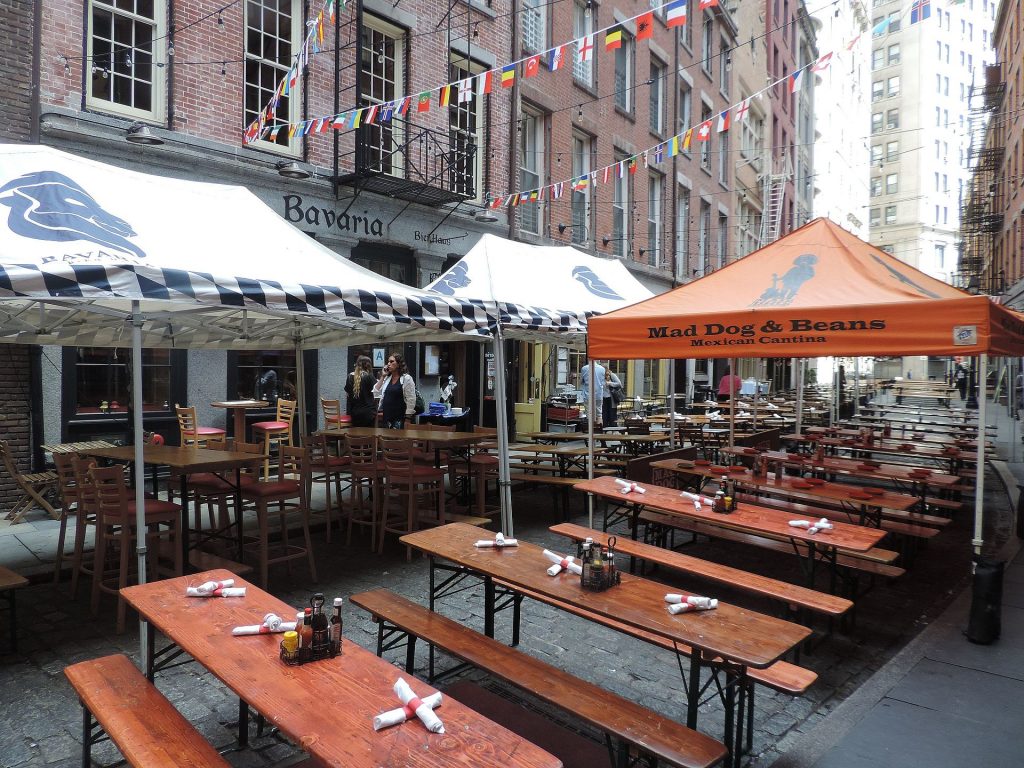
Stone Street actually incorporates two 17th-century roads in the Dutch colony of New Amsterdam. In 1658, it became the first cobbled or paved street in New Amsterdam.
Following the British conquest of the colony, the street was called Duke Street before being renamed Stone Street, for its cobblestone paving, in 1794.
We’ve got your guide to Stone Street, including the great architecture and even greater food. One tip? Come hungry.
19. In the northeast corner of Stone Street, look for the India House — it was once the New York Cotton Exchange.
Stone Street isn’t all restaurants.
Take a closer look — 1 Hanover Square is a commercial building on the edge of Hanover Square on the northeast corner of Stone Street. The building is composed of four originally separate structures, but that’s not why it’s noteworthy. This was the site of the United States’ first cotton futures exchange, the New York Cotton Exchange.
The New York Cotton Exchange (or the NYCE) is a commodities exchange founded in 1870 by a group of 100 cotton brokers and merchants in New York City.
20. Trinity Church has an outpost, also historic, just north of the Financial District.

St. Paul’s Chapel is part of the Episcopal parish of Trinity Church. It’s located at 209 Broadway, just north of the Financial District.
Built in 1766, St. Paul’s Chapel is the oldest surviving church in Manhattan and one of the nation’s finest examples of late Georgian church architecture. It’s also the oldest continuously occupied building in New York City. St. Paul’s Chapel survived both the “Great Fire” during the Revolutionary War and the terrorist attacks of 9/11 without a scratch, leading to the nickname “miracle church.”
The chapel has a Bell of Hope, presented by the Mayor of the City of London to New Yorkers on the first anniversary of 9/11. The bronze bell is found in the rear churchyard. Cast by the same foundry as the Liberty Bell and London’s Big Ben, the bell conveys the empathy and solidarity of the people of London with the people of New York. The bell is rung on every anniversary of 9/11.
21. Goldman Sachs divided Stone Street with its massive global headquarters.
How did the Goldman Sachs headquarters end up on Stone Street?
As usual with this area of New York, there’s a story! In 1976, Goldman Sachs started looking ahead to its New York City office space needs going forward. At the time, the firm had offices at 55 Broad Street and 55 Water Street.
They decided to construct their global headquarters, spanning 1 million square feet, at 85 Broad Street. Funny enough, the location took them back to their roots. Goldman Sachs was founded in 1869 by a German immigrant named Marcus Goldman. Goldman struck a deal with the local merchants on Stone Street — he would purchase their promissory notes and then sell the notes to New York’s commercial banks. It’s how he became a pioneer in the commercial paper business.
The skyscraper at 85 Broad Street actually divides Stone Street, which once stretched from Broadway to Hanover Square. However, it’s no longer the Goldman Sachs headquarters. They sold it during the pandemic for a tidy $16 million.
Need more facts about Wall Street?
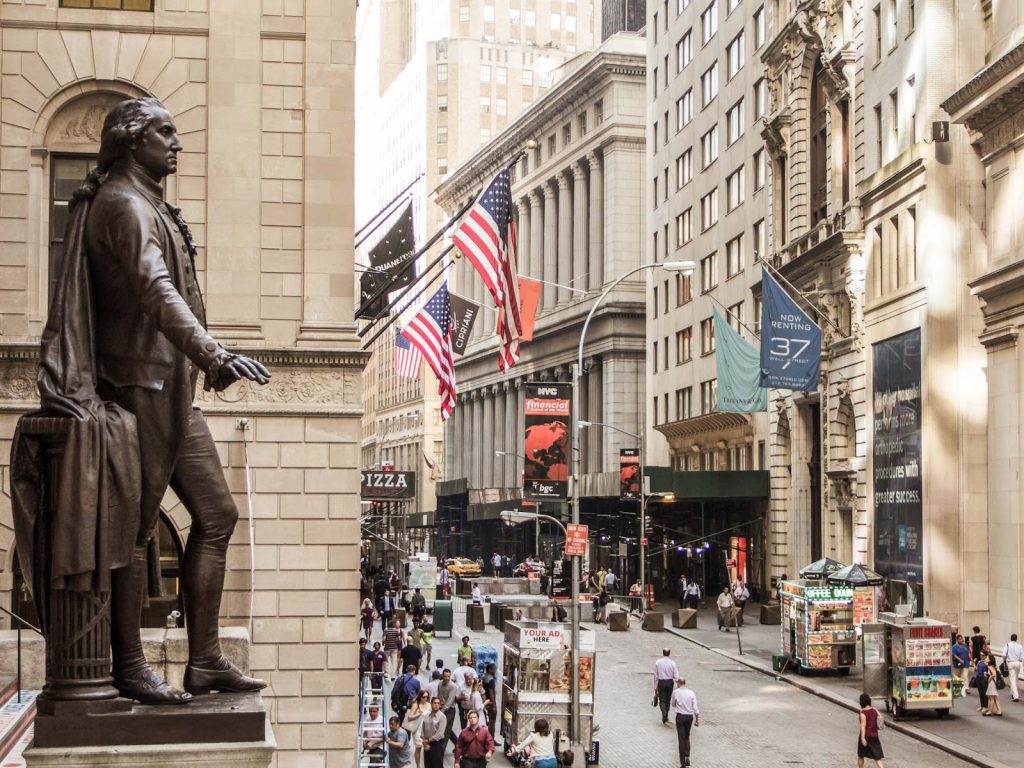
If you can’t get enough of Wall Street past and present, you should take a tour with someone who knows all about it, someone who’s worked in the trenches and has firsthand experience of how this part of the city has shaped New York and the financial world.
Both our in-depth Financial Crisis Tour and our shorter Wall Street Insider Tour are led by pros who know Wall Street inside and out. Book a tour, and discover the secrets of Wall Street.Not ready for a trip to NYC yet? We’ve got you covered. Check out these five facts about the New York Stock Exchange you never knew.
